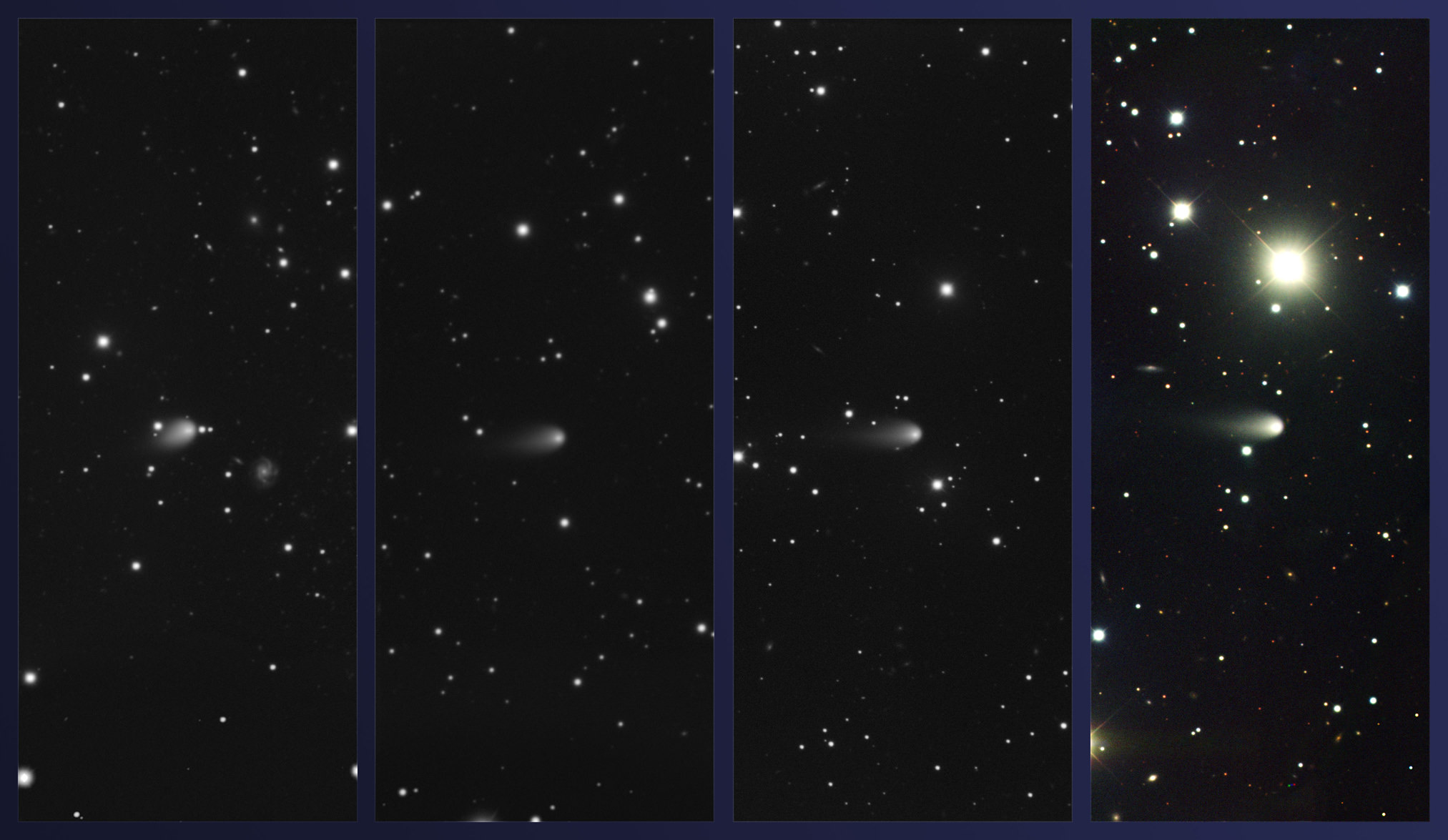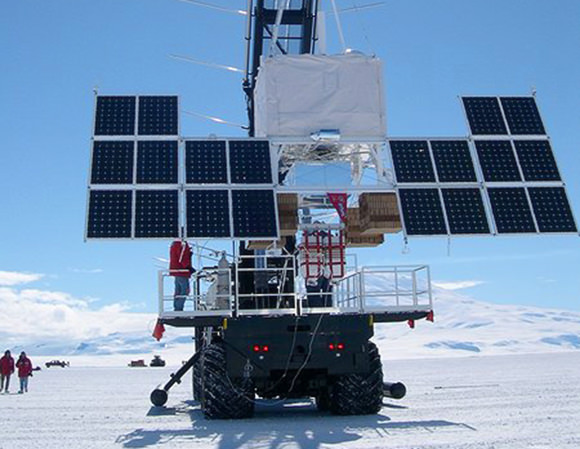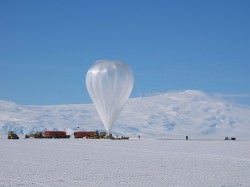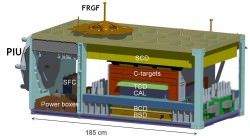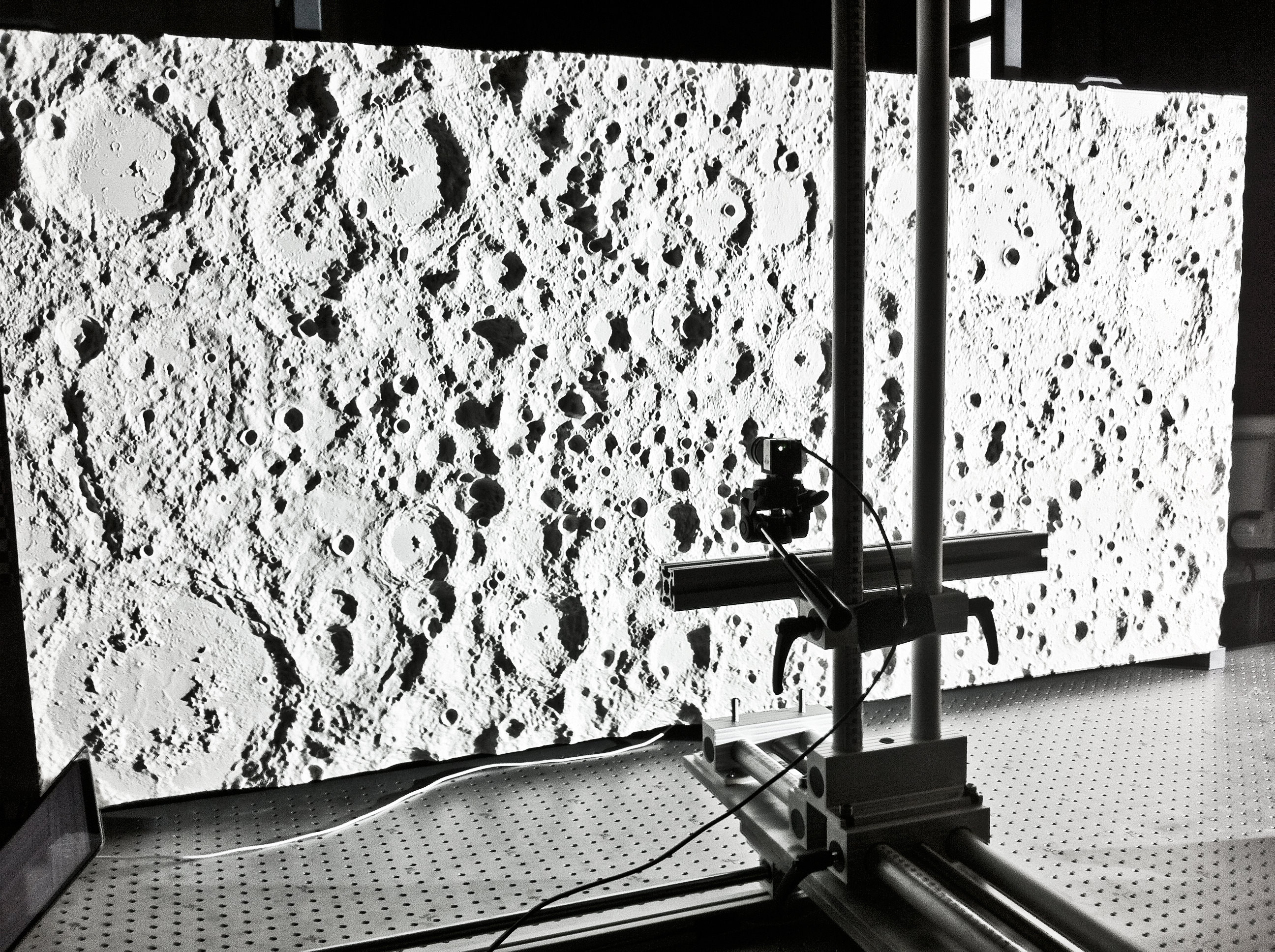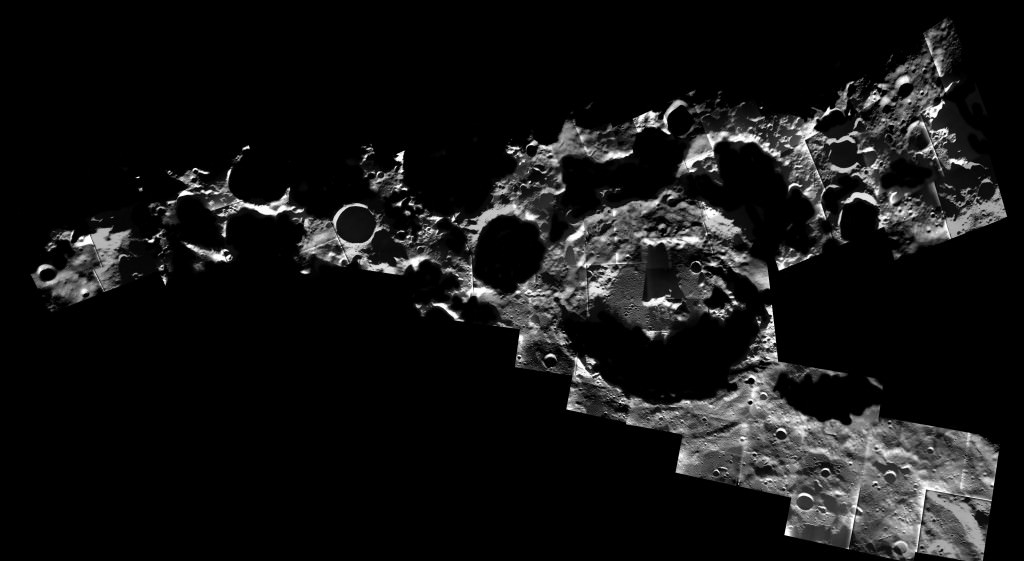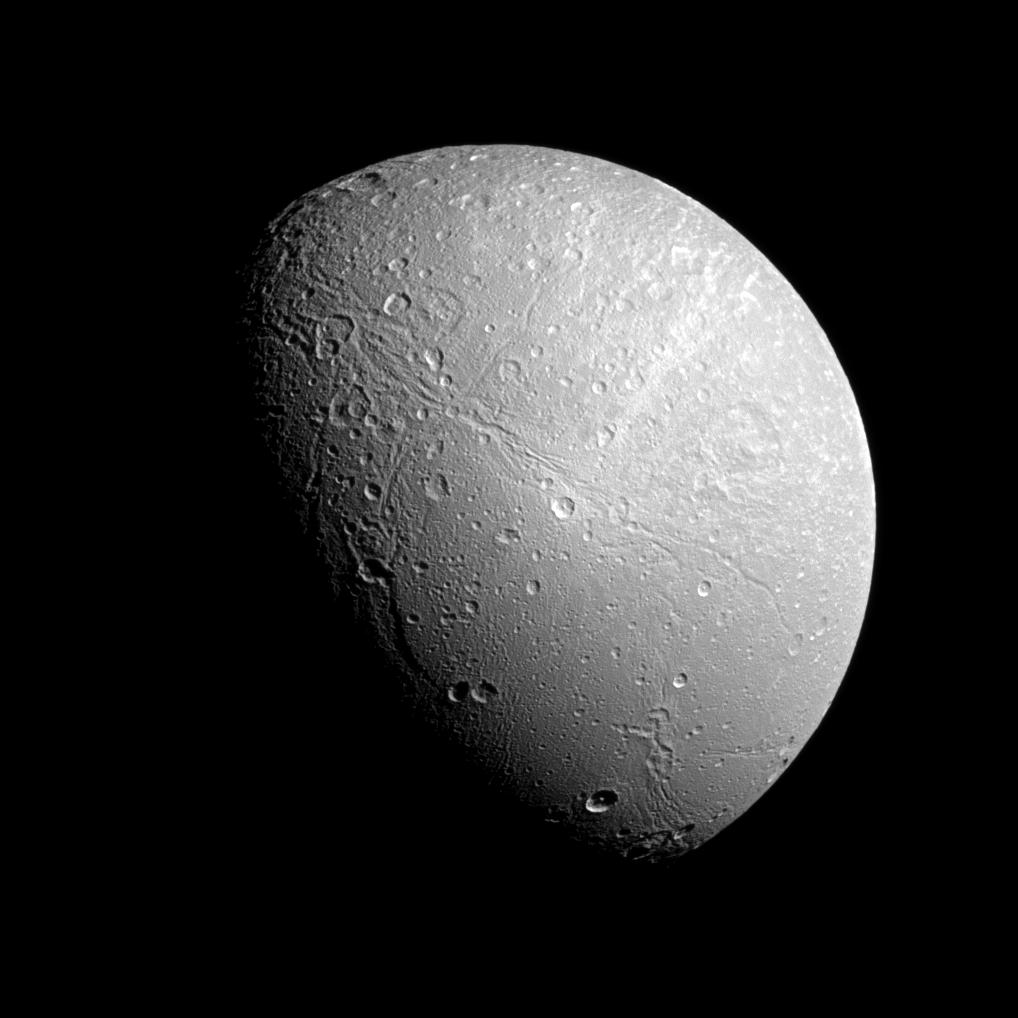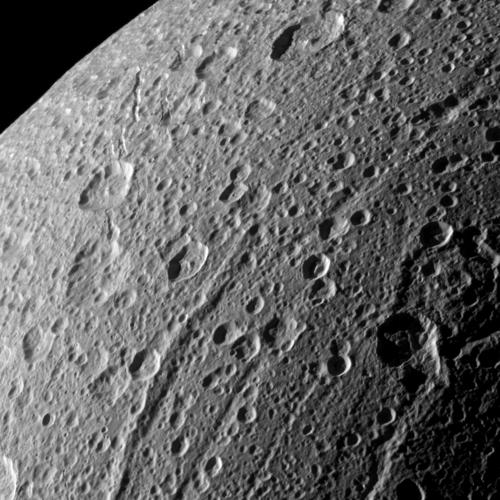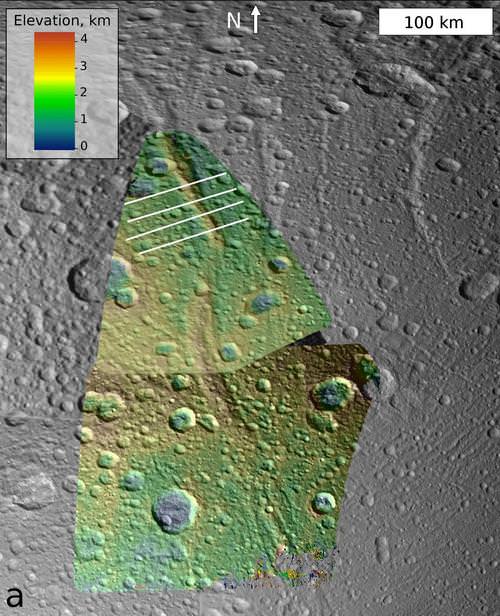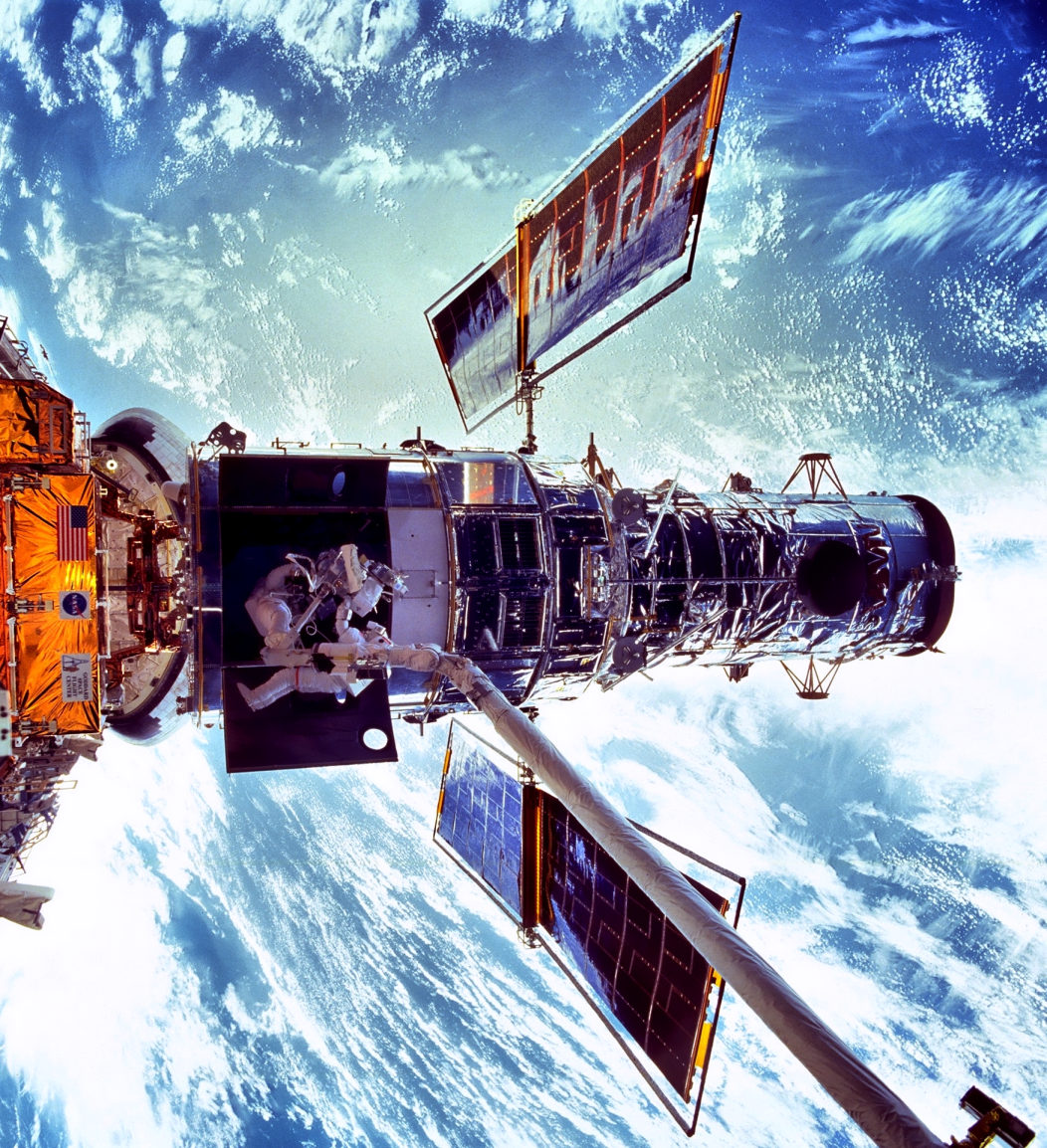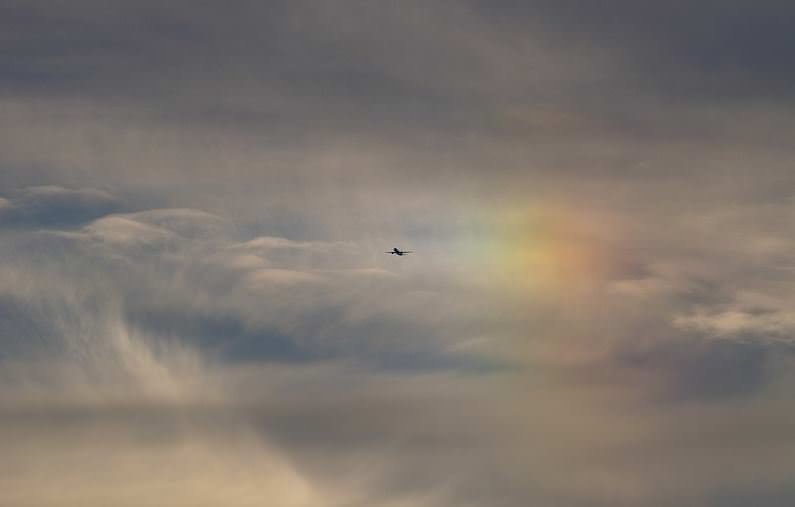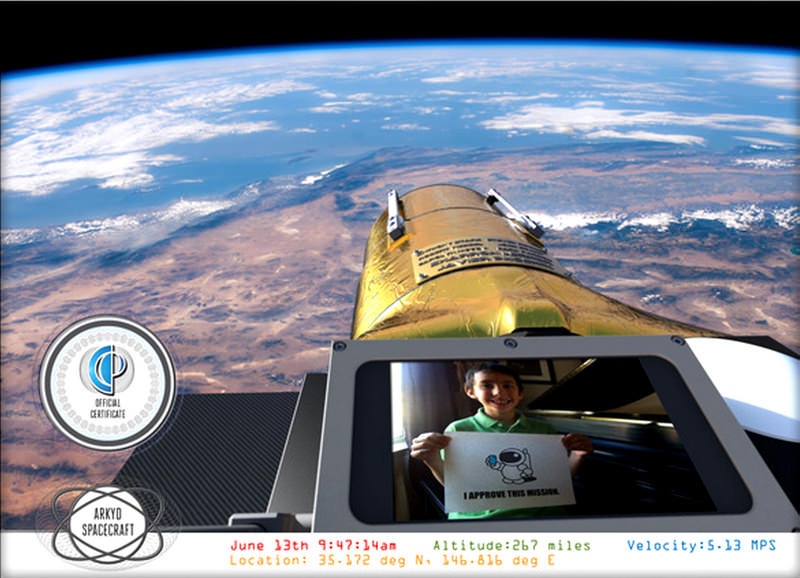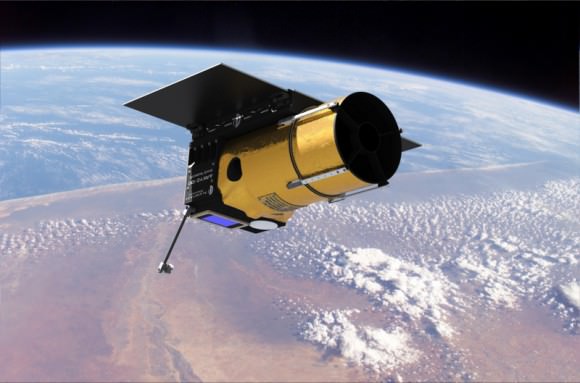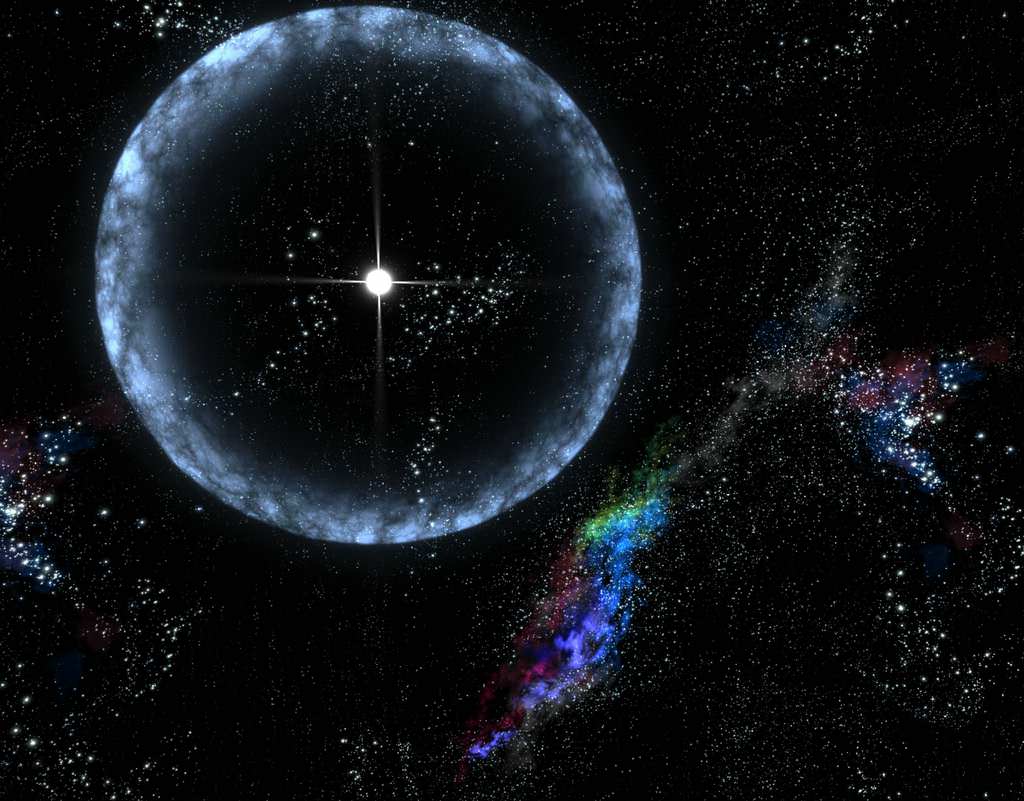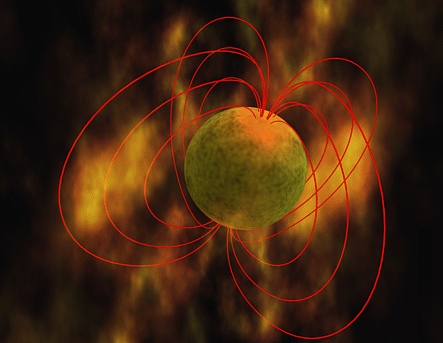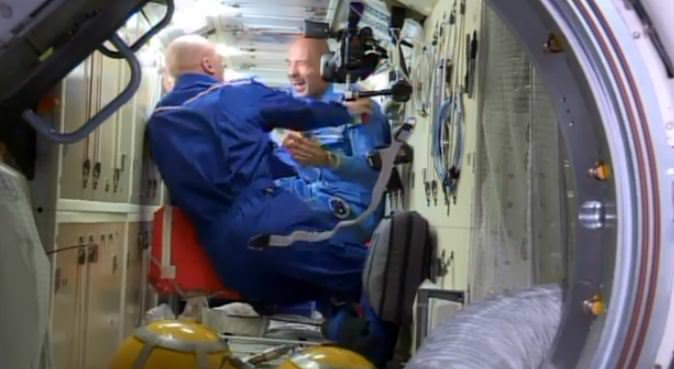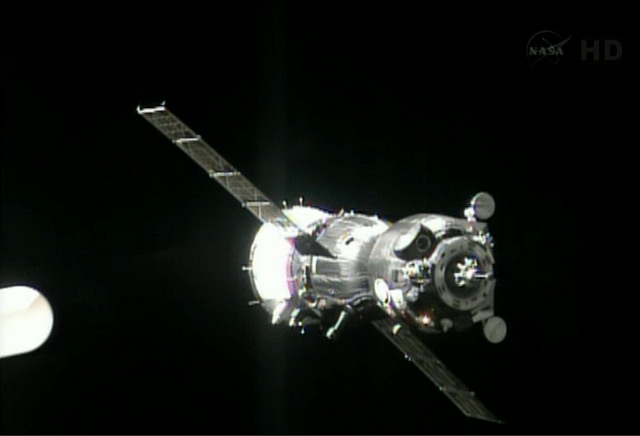As Comet C/2012 S1 (ISON) heads closer to Earth, we’re getting a better view of what has been billed by some as the “Comet of the Century.” Astronomers say these new photos from the Gemini North telescope on Mauna Kea, Hawai‘i provide hints of how well this comet might survive one of the closest comet encounters with the Sun ever recorded, on November 28, 2013.
With astronomy enthusiasts hopeful and optimistic about having a spectacular comet visible in our skies, it’s anyone’s guess if the comet will actually survive its extremely close pass of the Sun to become early morning eye-candy in early December 2013.
The time-sequence images, spanning early February through May 2013, show that the comet is quite active, despite how distant it is from the Sun.
When Gemini obtained these images, the comet ranged between roughly 455-360 million miles (730-580 million kilometers; or 4.9-3.9 astronomical units) from the Sun, or just inside the orbital distance of Jupiter. Each image in the series, taken with the Gemini Multi-Object Spectrograph at the Gemini North telescope on Mauna Kea, Hawai‘i, shows the comet in the far red part of the optical spectrum, which emphasizes the comet’s dusty material already escaping from the nucleus. The final image in the sequence, obtained in early May, consists of three images, including data from other parts of the optical spectrum, to produce a color composite image.
Gemini astronomers say the images show the comet sporting a well-defined parabolic hood in the sunward direction that tapers into a short and stubby tail pointing away from the Sun. These features form when dust and gas escape from the comet’s icy nucleus and surround that main body to form a relatively extensive atmosphere called a coma. Solar wind and radiation pressure push the coma’s material away from the Sun to form the comet’s tail, which we see here at a slight angle (thus its stubby appearance).
“Early analysis of our models shows that ISON’s brightness through April can be reproduced by outgassing from either carbon monoxide or carbon dioxide,” said Karen Meech, at the University of Hawaii’s Institute for Astronomy (IfA) in Honolulu. “The current decrease may be because this comet is coming close to the Sun for the first time, and a “volatile frosting” of ice may be coming off revealing a less active layer beneath. It is just now getting close enough to the Sun where water will erupt from the nucleus revealing ISON’s inner secret.”
Comet ISON will come within 800,000 miles (1.3 million km) of the Sun’s surface on November 28. Shortly before that critical passage, the comet may appear bright enough for expert observers using proper care to see it close to the Sun in daylight.
“Comets may not be completely uniform in their makeup and there may be outbursts of activity as fresh material is uncovered,” added IfA astronomer Jacqueline Keane. “Our team, as well as astronomers from around the world, will be anxiously observing the development of this comet into next year, especially if it gets torn asunder, and reveals its icy interior during its exceptionally close passage to the Sun in late November.”
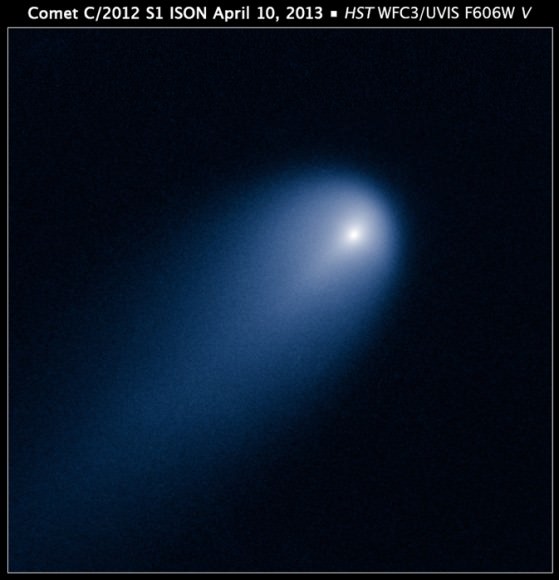
NASA’s Swift satellite and the Hubble Space Telescope (HST) have also imaged Comet ISON recently in this region of space. Swift’s ultraviolet observations determined that the comet’s main body was spewing some 850 tons of dust per second at the beginning of the year, leading astronomers to estimate the comet’s nucleus diameter is some 3-4 miles (5-6 kilometers). HST scientists concurred with that size estimate, adding that the comet’s coma measures about 3100 miles (5000 km) across.
The comet gets brighter as the outgassing increases and pushes more dust from the surface of the comet. Scientists are using the comet’s brightness, along with information about the size of the nucleus and measurements of the production of gas and dust, to understand the composition of the ices that control the activity. Most comets brighten significantly and develop a noticeable tail at about the distance of the asteroid belt (about 3 times the Earth-Sun distance –– between the orbits of Mars and Jupiter) because this is when the warming rays of the Sun can convert the water ice inside the comet into a gas. This comet was bright and active outside the orbit of Jupiter — when it was twice as far from the Sun. This meant that some gas other than water was controlling the activity.
Meech said that Comet ISON “…could still become spectacularly bright as it gets very close to the Sun” but also added caution. “I’d be remiss, if I didn’t add that it’s still too early to predict what’s going to happen with ISON since comets are notoriously unpredictable,” she said.
Source: Gemini Observatory

